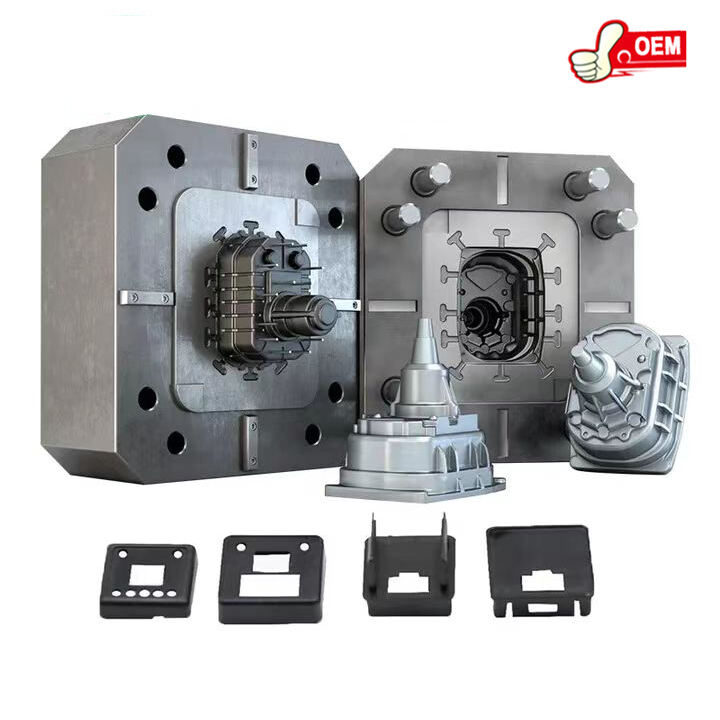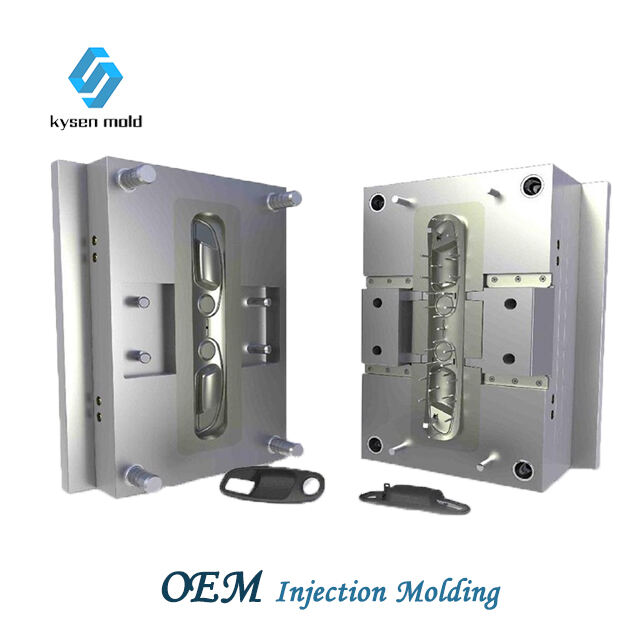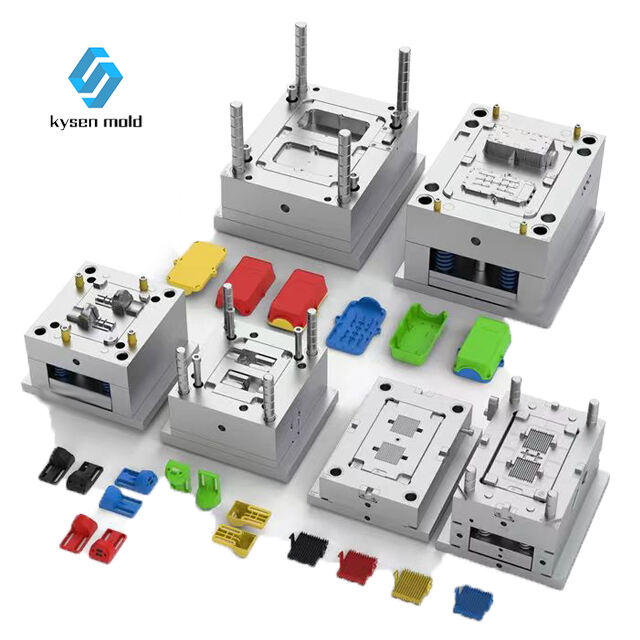Weight Reduction and Fuel Efficiency
One of the key advantages of fiber injection molding is its ability to produce lightweight components. By incorporating reinforcing fibers into the plastic matrix, the resulting parts are significantly lighter than their metal counterparts. This weight reduction is particularly valuable in the automotive and aerospace industries, where it leads to improved fuel efficiency, reduced emissions, and increased payload capacity. The benefits of weight reduction are not just environmental and economic but also enhance the performance and handling of vehicles, making fiber injection molding an invaluable technology for achieving a competitive edge.


